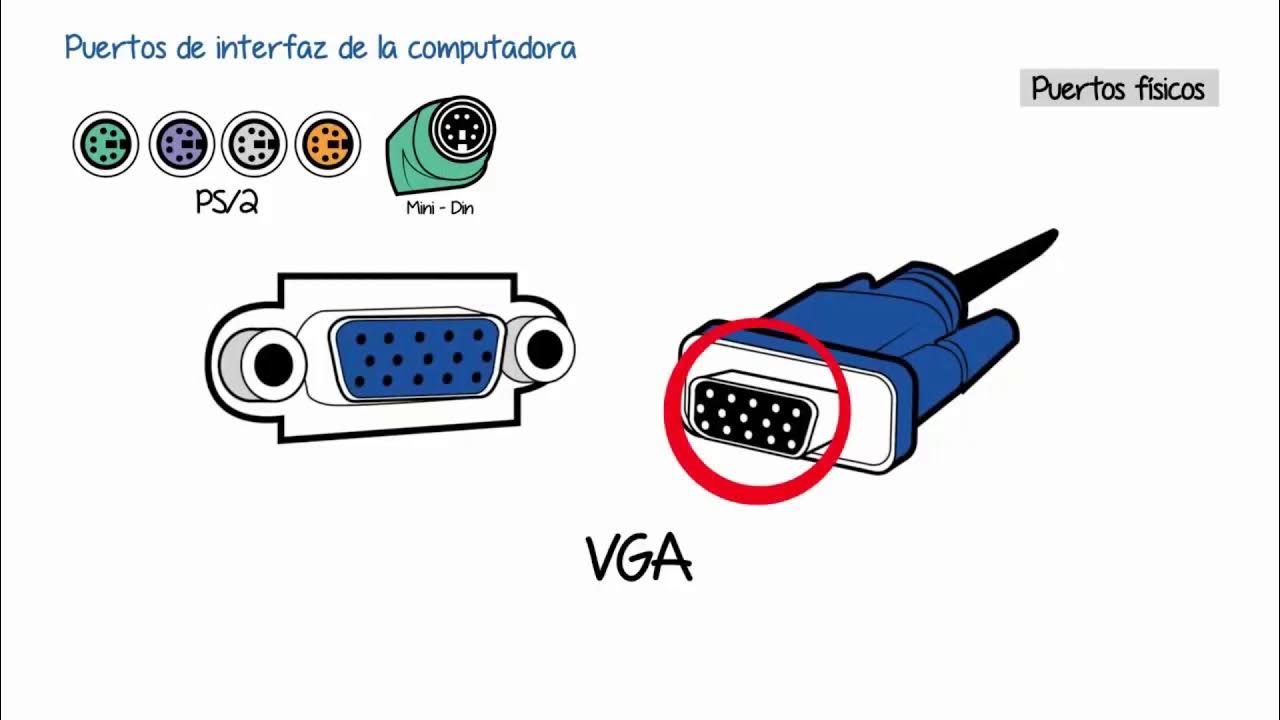Netapp Ontap ports and logical interface ( LIF )
Summary
TLDRThis tutorial delves into the intricacies of ports on NetApp storage, categorizing them into physical ports, virtual ports, and logical interfaces. It explains how physical ports can be utilized for various purposes like management networks and data serving, and how to create logical interfaces (LIFs) for IP addressing and server communication. The video also covers interface groups for redundancy and VLANs for network segmentation, emphasizing the importance of LIFs as the primary point of contact between users and storage.
Takeaways
- 📦 The tutorial discusses ports on logical interfaces on NetApp storage, categorizing them into three subjects: physical ports, virtual ports, and logical interfaces.
- 🔌 Physical ports on storage can be used for various purposes such as management networks or serving data, and can be grouped for resiliency.
- 🌐 Virtual ports are logical constructs that can be created on top of physical ports to allow for the assignment of addresses and serve as points of contact for users and servers.
- 🔄 Logical interfaces, or LIFs, are virtual interfaces created on storage that can have IP addresses assigned to them, acting as the actual access points for data communication.
- 🔗 LIFs can reside on physical ports and can be created in multiples to handle different network segments or purposes.
- 🔒 Interface groups, also known as LAGs or EtherChannels, combine two or more physical interfaces to create a single logical interface for increased redundancy and load balancing.
- 🛡️ VLANs (Virtual Local Area Networks) are used for network segmentation and can be configured on top of physical ports to create different broadcast domains within the storage network.
- 🔑 Each LIF can be associated with different network configurations such as a physical port, an interface group, or a VLAN.
- 🛠️ The tutorial emphasizes the importance of understanding and configuring LIFs as they are the necessary network access points for nodes in a cluster.
- 🔍 The script provides a visual representation of how physical ports, interface groups, VLANs, and LIFs interact within a NetApp storage setup.
- 👨🏫 The tutorial is designed to educate users on the configuration and importance of different types of ports and interfaces in NetApp technology.
Q & A
What are the three main categories of ports discussed in the tutorial?
-The three main categories of ports discussed are physical ports, virtual ports, and logical interfaces.
What is the purpose of using physical ports on a NetApp storage system?
-Physical ports on a NetApp storage system can be used for different methods such as management network, data serving, and providing Ethernet connectivity for data transmission.
Why can't a physical port be used as a direct point of contact for users?
-A physical port cannot be used as a direct point of contact because it requires the creation of a logical object, known as a LIF (Logical Interface), to assign addresses and facilitate communication.
What is a LIF and how does it relate to physical ports?
-A LIF (Logical Interface) is a logical object created on a storage system that allows for the assignment of addresses like IP or FC. It resides on a physical port and serves as the point of contact between the server and the storage.
Can multiple logical interfaces exist on a single physical port?
-Yes, multiple logical interfaces can exist on a single physical port, allowing for the assignment of multiple addresses and enhancing the flexibility of network configuration.
What is an interface group and how does it provide resiliency?
-An interface group is a logical construct that combines two or more physical interfaces together. It provides resiliency by ensuring that if one port goes down, the others can still serve data, thus maintaining network connectivity.
What are the different terminologies used for combining physical ports together?
-Different terminologies used for combining physical ports include LACP (Link Aggregation Control Protocol), EtherChannel, port groups, and interface groups, depending on the vendor.
Why are VLANs used in conjunction with storage systems?
-VLANs (Virtual Local Area Networks) are used to segment networks and create different broadcast domains. In storage systems, VLANs can be used for traffic separation and to support VLAN tagging for better network organization.
How do VLANs interact with physical ports and logical interfaces in a storage system?
-VLANs can be configured on top of physical ports, allowing for multiple VLANs to be present on a single port. Logical interfaces (LIFs) can then be created on these VLANs, enabling the storage system to handle traffic from different VLANs.
What is the importance of understanding the terms related to configuring ports and logical interfaces on NetApp technology?
-Understanding these terms is crucial for proper network configuration, ensuring efficient data transmission, and maintaining the integrity and resiliency of the storage system's connectivity.
How does the tutorial suggest enhancing the configuration of ports and logical interfaces?
-The tutorial suggests using a combination of physical ports, interface groups, VLANs, and logical interfaces to create a robust and flexible network configuration that can adapt to different network requirements.
Outlines

このセクションは有料ユーザー限定です。 アクセスするには、アップグレードをお願いします。
今すぐアップグレードMindmap

このセクションは有料ユーザー限定です。 アクセスするには、アップグレードをお願いします。
今すぐアップグレードKeywords

このセクションは有料ユーザー限定です。 アクセスするには、アップグレードをお願いします。
今すぐアップグレードHighlights

このセクションは有料ユーザー限定です。 アクセスするには、アップグレードをお願いします。
今すぐアップグレードTranscripts

このセクションは有料ユーザー限定です。 アクセスするには、アップグレードをお願いします。
今すぐアップグレード5.0 / 5 (0 votes)






